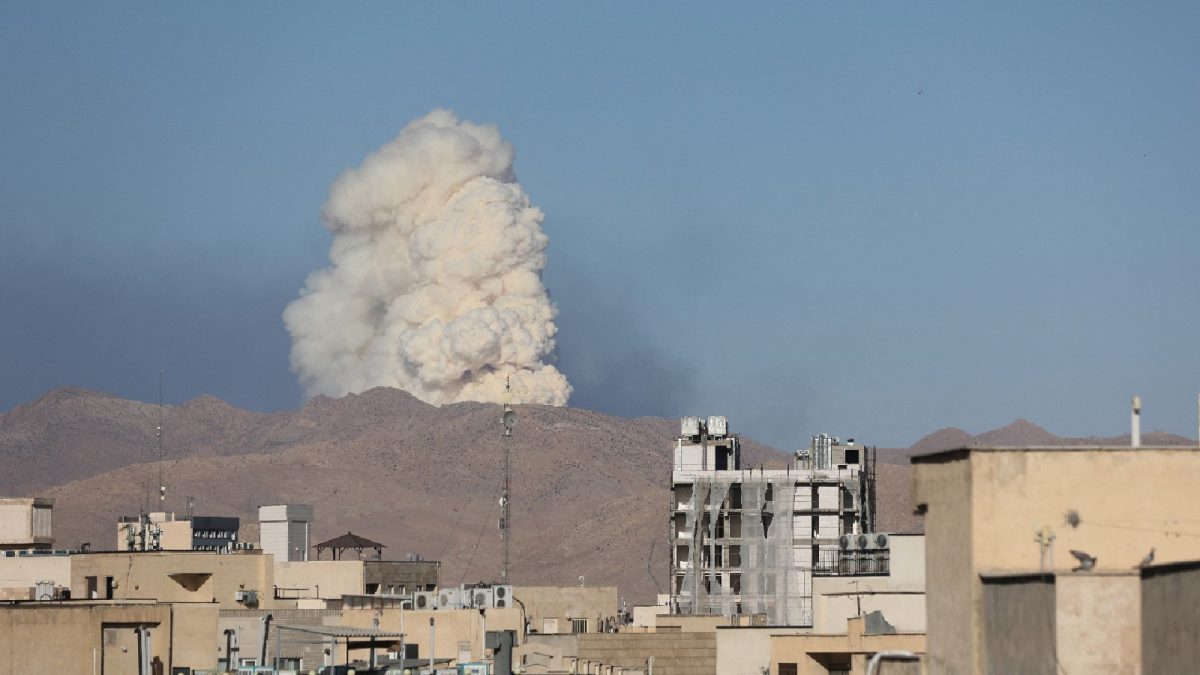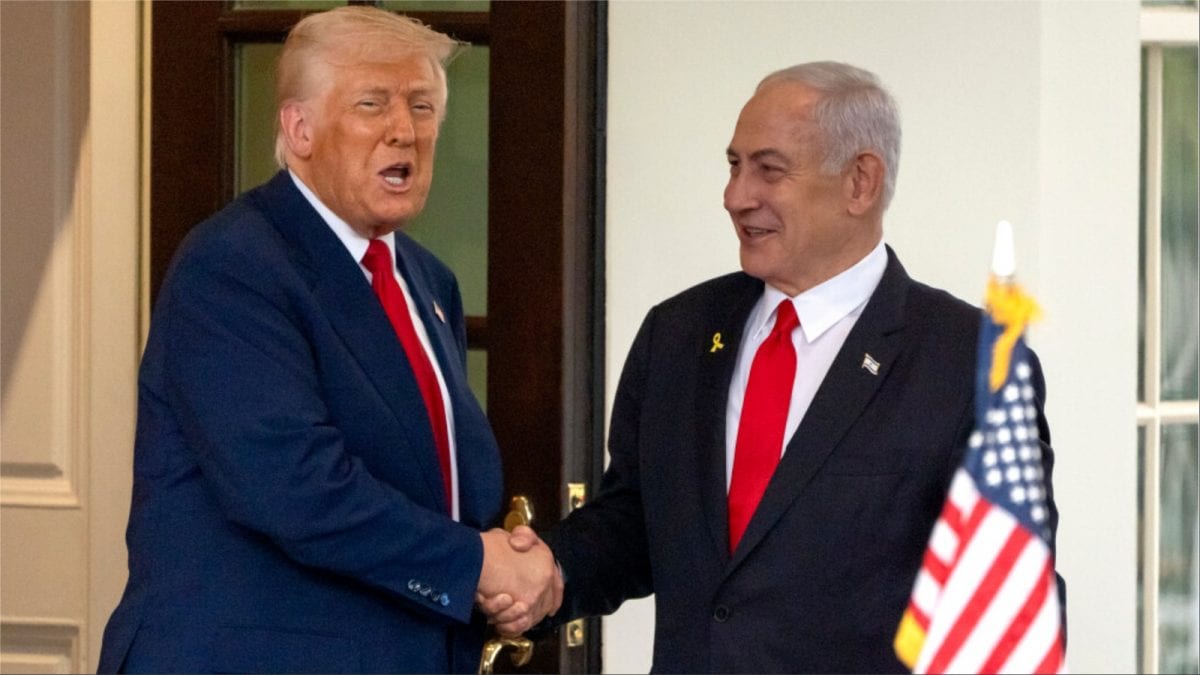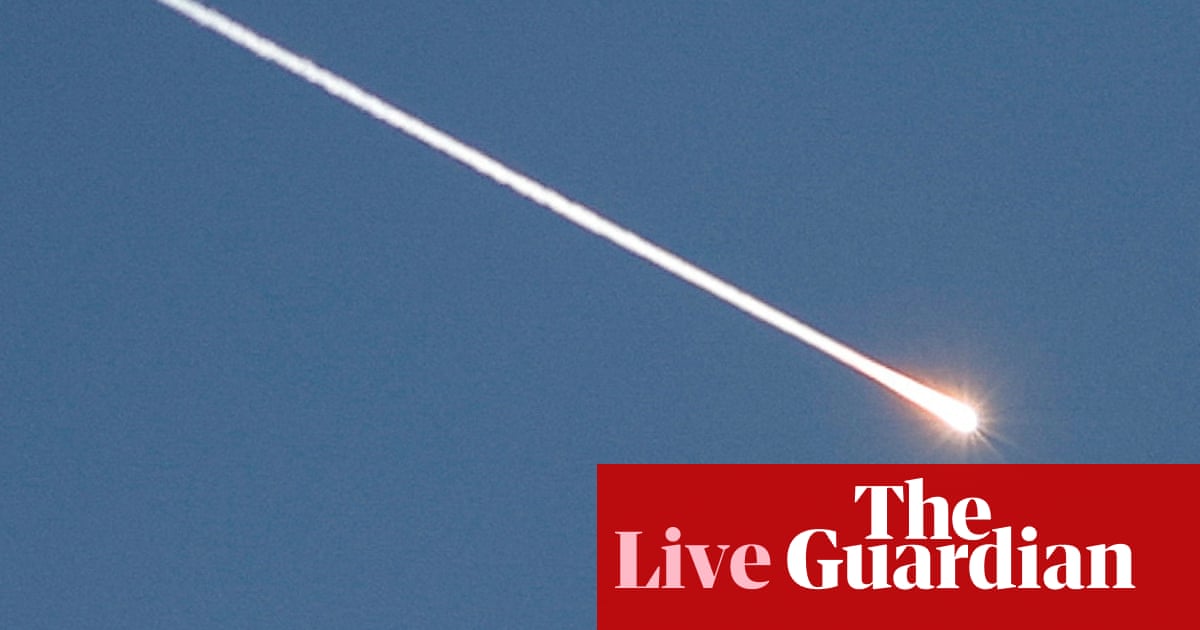Last Updated:June 24, 2025, 09:10 IST
Iranian officials had alerted both US and Qatari counterparts several hours before the launch, because of which there were no casualties or damage to major infrastructure

The remnants of an Iranian missile intercepted over Qatar, as it lies on a pavement. (AFP)
Iran’s missile strike on the US-run Al-Udeid air base in Qatar was less an act of war and more a carefully calibrated message aimed at maintaining domestic credibility while avoiding a full-scale regional conflict, analysts told CNN-News18 on Tuesday.
The strike, launched in response to recent US-Israeli attacks on Iranian nuclear facilities—including the Fordow enrichment site—involved 14 missiles, mirroring the number used by American forces in their earlier offensive. While the visuals suggested a major military retaliation, the reality on the ground was far more restrained.
Pre-Notified, Controlled Strike
According to regional sources, Iranian officials had alerted both US and Qatari counterparts several hours in advance of the launch. This allowed military personnel to evacuate sensitive zones and activate missile defence systems. The result: no casualties, no damage to major infrastructure, and no unintended regional fallout.
A source told CNN-News18: “This was not a genuine military escalation. It was optics — a show of strength for internal and international audiences."
The move starkly contrasts with typical wartime conduct, where surprise and impact are prioritised. Instead, Iran appeared intent on avoiding any direct US retaliation while still being seen to respond forcefully.
Proportional Messaging
Experts say the strike was designed to project “proportionality." The 14 missiles fired were a direct mirror of the 14 used in the US strike on Fordow. Tehran was signalling that it would not let such attacks go unanswered—but would calibrate its response to avoid crossing red lines.
Iranian state media branded the operation “Herald of Victory", broadcasting dramatic visuals of the launches alongside martial music and nationalistic messaging. Domestically, the move was framed as a robust military response to foreign aggression.
“This was for internal consumption," noted a source. “Iran needed to show its people it could strike back, especially after setbacks to its nuclear programme and increasing unrest."
Qatar Not the Target
Despite the location of the strike, Iran was quick to clarify that Qatar was not the target. Tehran emphasised its “brotherly" ties with Doha and made it clear the strike was aimed only at US military assets.
The missiles were carefully guided to avoid civilian infrastructure or populated areas, and no damage was reported to Qatari installations. Qatar, a key energy and diplomatic partner for Iran, maintained communication throughout the event, according to diplomatic sources.
“The fact that Iran chose a US base in a friendly nation, and then ensured there was no collateral damage, shows how measured this action was," said the source.
Calibrated Escalation, Strategic Restraint
The latest development underlines Tehran’s complex balancing act: responding to growing pressure from the US and Israel while preventing a regional conflagration that could jeopardise fragile alliances and its already struggling economy.
By issuing warnings, avoiding casualties, and targeting symbolism over substance, Iran managed to send a message of resistance without inviting immediate military retaliation.
Group Editor, Investigations & Security Affairs, Network18
Group Editor, Investigations & Security Affairs, Network18
Doha, Qatar
First Published:News world Iran’s Missile Strike On US-Run Qatar Base More About Optics Than Escalation | Exclusive

 4 hours ago
4 hours ago













